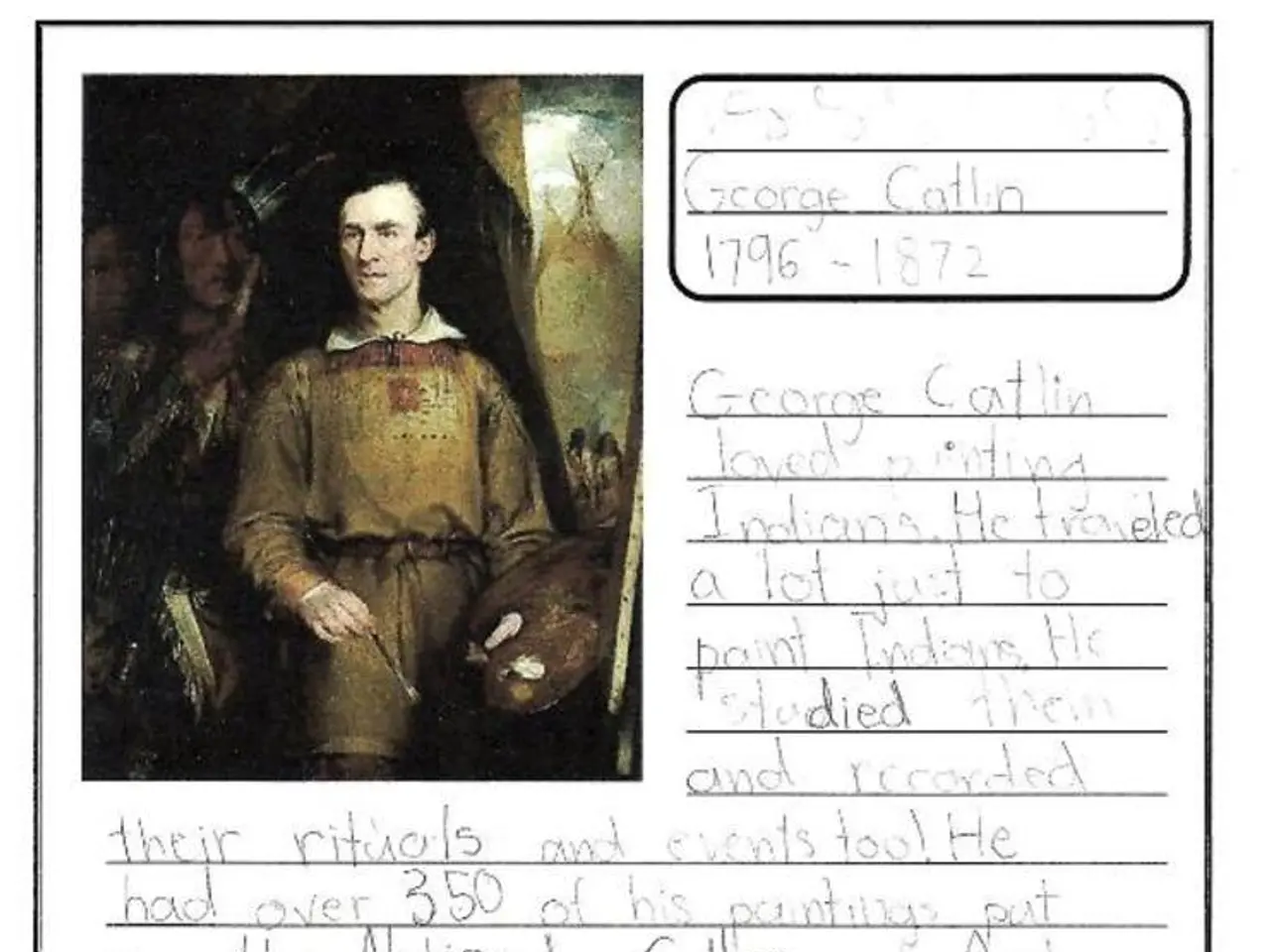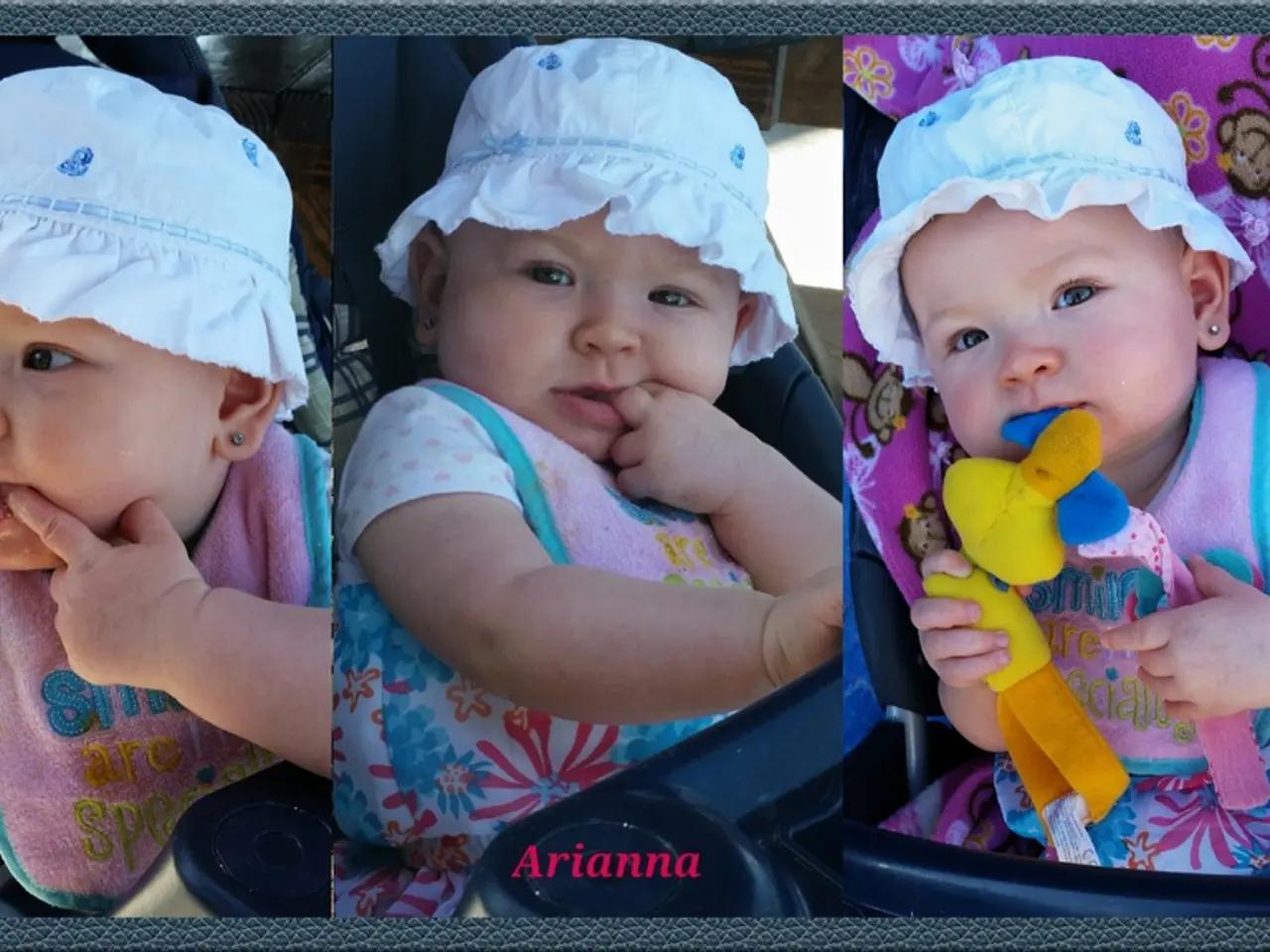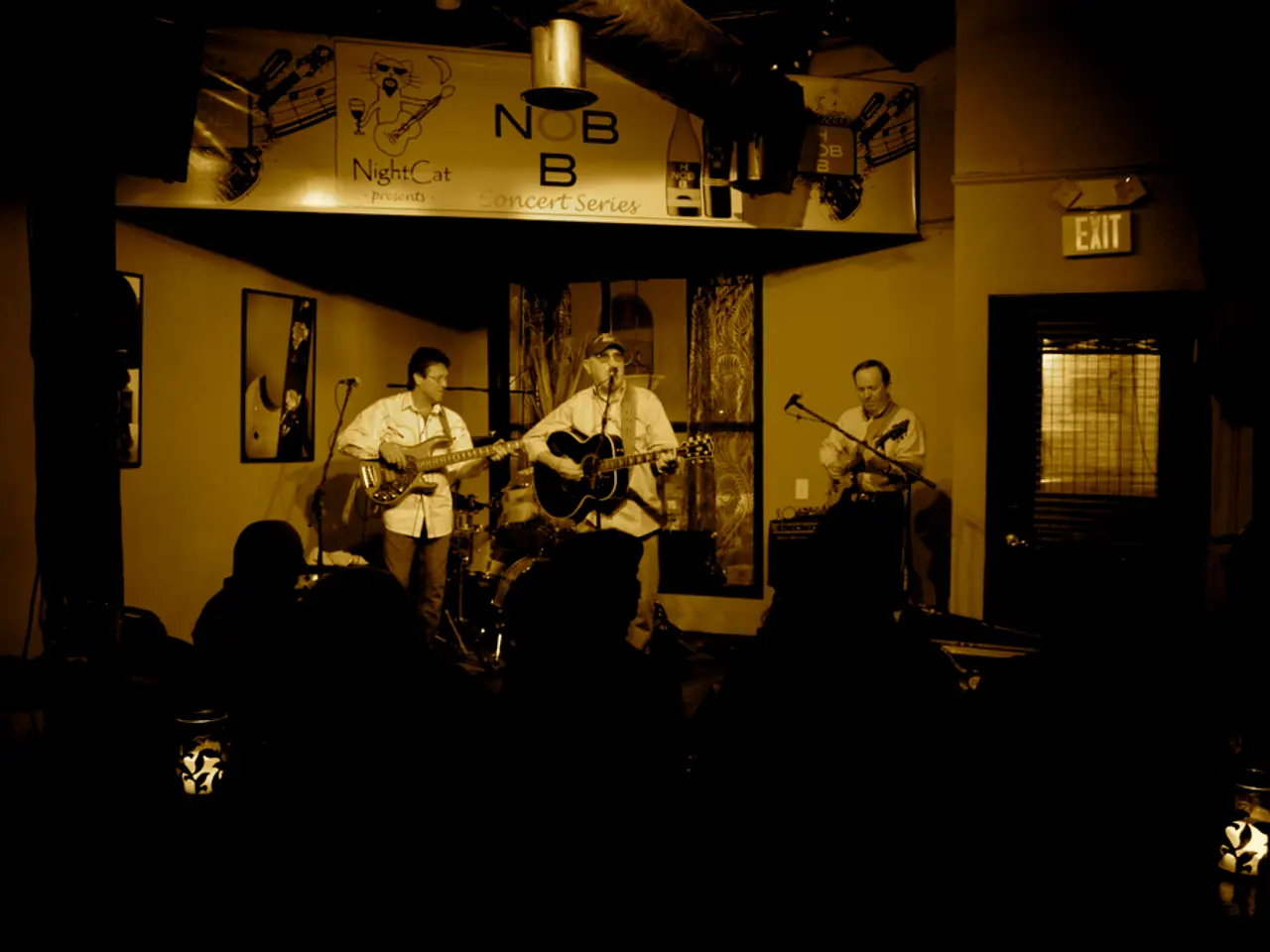Unearthed surprise in human evolution's narrative: startling revelation by scientists
In a groundbreaking discovery, researchers at the University of Cambridge have shed light on the complex nature of human evolution, challenging the long-held belief that modern humans are direct descendants of a single ancestral population in Africa.
The team, using an advanced computational model called "cobraa", analysed full modern human genomes, providing a detailed look into our evolutionary past. Their findings suggest that human evolution may not have been a linear process, but rather more like a braided river with channels diverging and rejoining.
According to the study, modern humans are now understood to be a genetic mosaic, born from two deeply divergent human populations that split 1.5 million years ago. The dominant group contributed about 80% of our modern DNA, while the minority contributor (20%) significantly influenced brain function and neurological development.
This minority contributor's genetic traces haven't been matched to specific fossil records, and its relationship to known ancient human species is still unknown. The magnitude and timing of the reunion suggest it wasn't a fringe event, but a significant influence on the evolution of modern humans.
This new understanding of human origins highlights the complexity of species evolution. Species do not evolve in isolated silos, but interact, influence, and blend, rewriting their genetic scripts in unpredictable ways. These hybridization events may have helped species rapidly innovate, combining useful traits from different genetic toolkits to survive new challenges.
From that union, the modern world was born. This research touches on personal identity, reminding us that our strength has always come from diversity-from the blending of traits, minds, and cultures. The next challenge is to find physical evidence that matches these genetic discoveries with ancient fossils scattered across Africa and Eurasia.
The reunion of these ancient human lineages is considered a defining moment in the formation of Homo sapiens. The findings of the Cambridge team echo similar patterns of genetic divergence and reunion across other species, such as chimpanzees, gorillas, dolphins, and bats.
As sequencing technologies become more powerful and AI models like "cobraa" become more refined, we stand at the edge of a new era in human biology. This research not only redefines our understanding of human evolution but also underscores the importance of diversity in shaping our past, present, and future.
- Advances in science, such as the use of models like "cobraa" in medical-conditions research, provide a detailed look into various aspects of human evolution, including space-and-astronomy, lifestyle, technology, education-and-self-development, and general-news.
- This new understanding of human origins, notably the blending of ancient human lineages, emphasizes the significance of diversity in driving innovation and adaptation across species, including chimpanzees, gorillas, dolphins, and bats.
- The application of advanced technology in education-and-self-development, particularly in fields like genomics, sheds light on the intricate processes of species evolution and reinforces the importance of diversity in shaping our past, present, and future.




